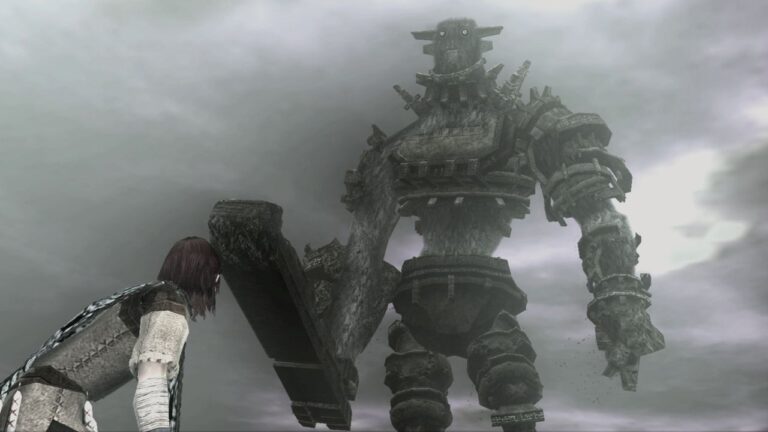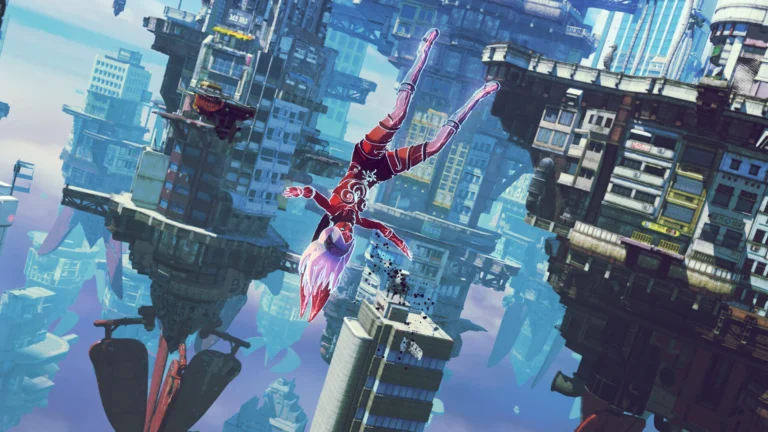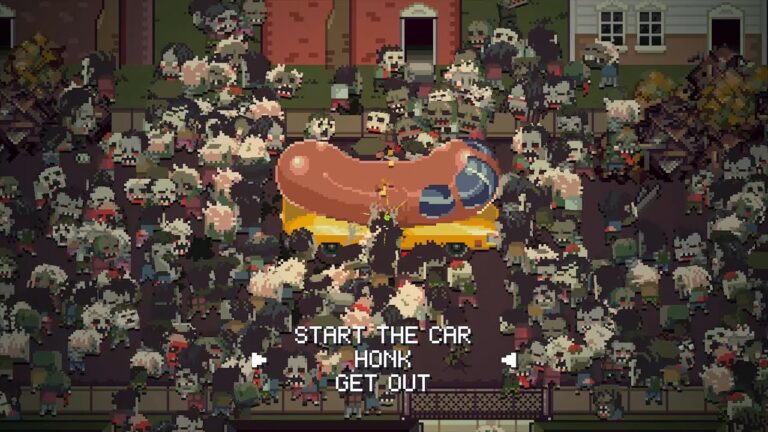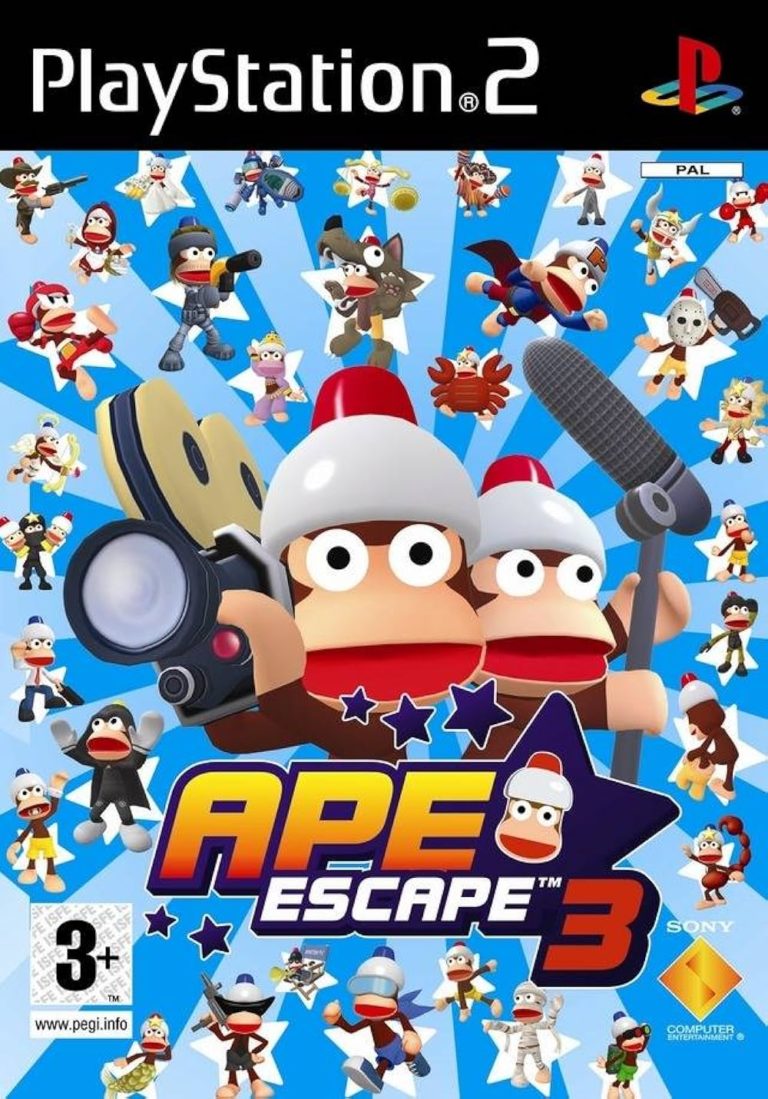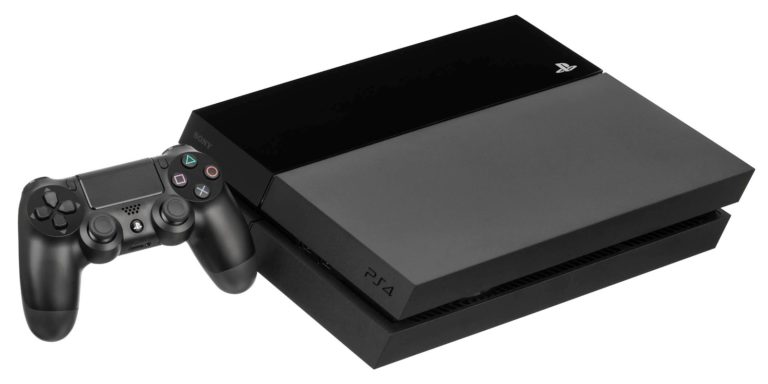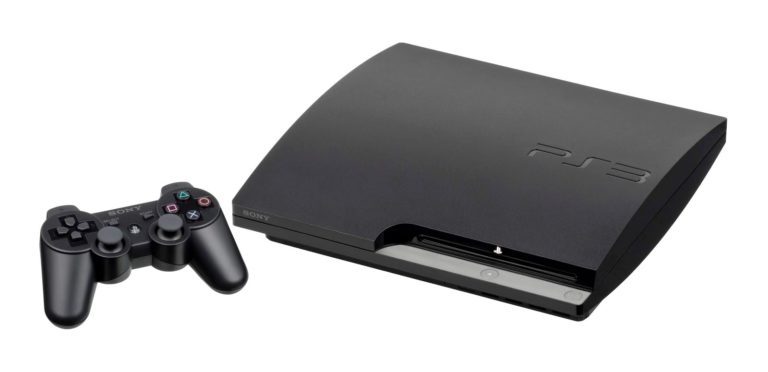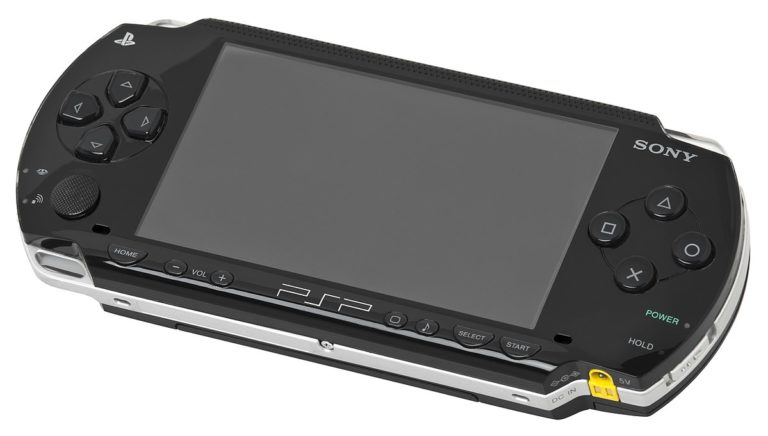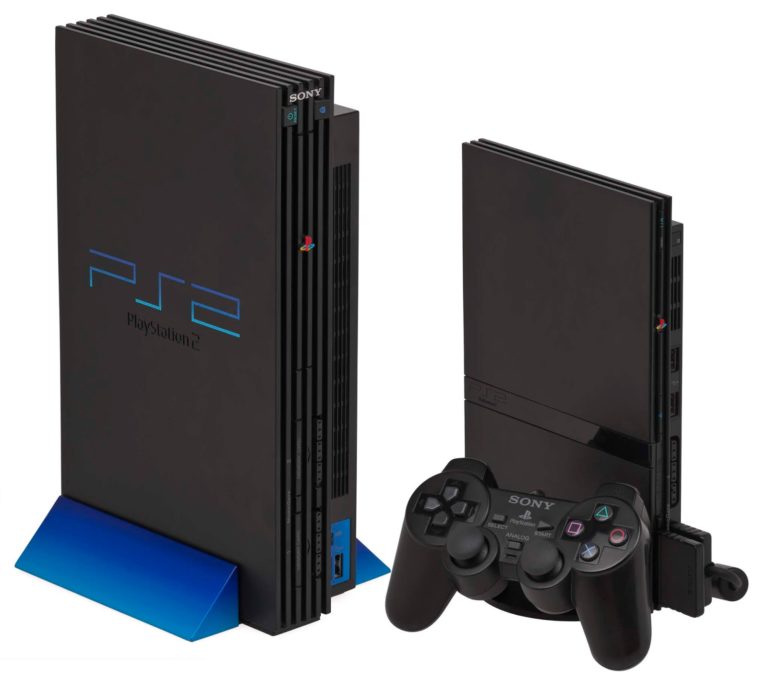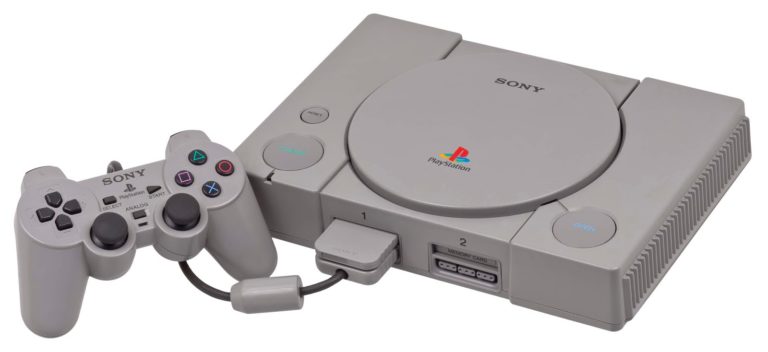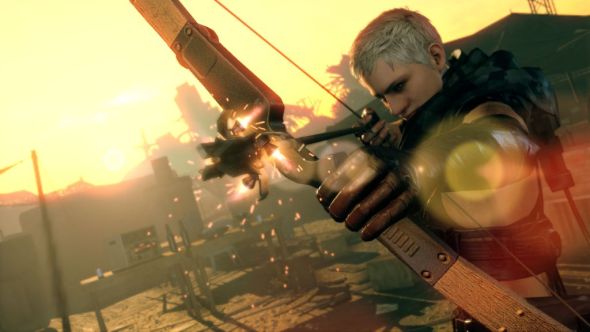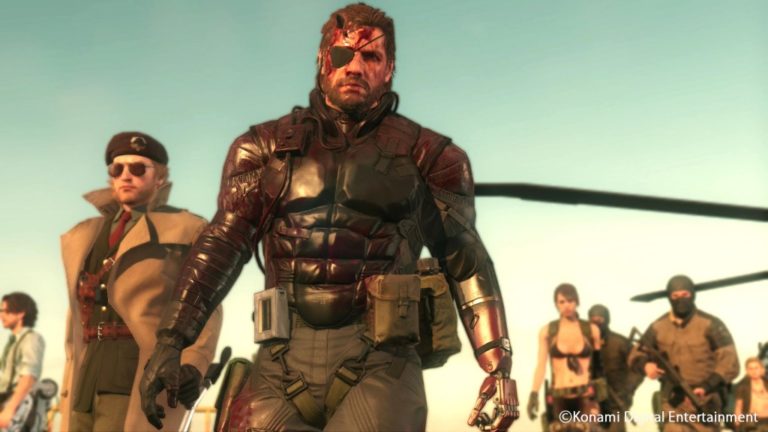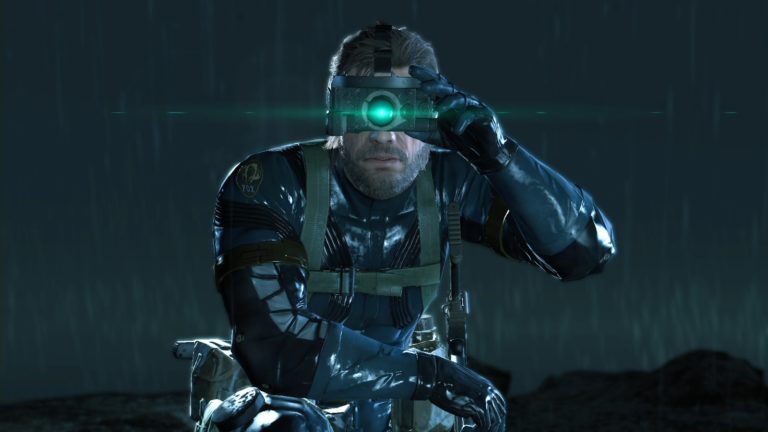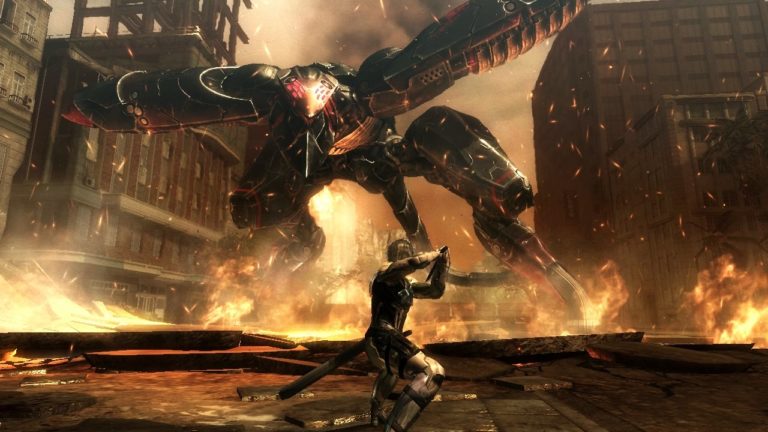25. Star Wars: Knights of the Old Republic (2003, PC) Knights of the Old Republic has some...
metal gear solid
50. Demolition Racer (1999, PS1) A childhood classic, Demolition Racer is what it sounds like: combine demolition...
Lately, I’ve been seeing people on social media posting Topsters lists of their favourite video games, which...
Welcome back to the Ape Escape Love/Hate series! In this entry we’ll be looking at the final,...
Love The Games – The PS4 has been a massive success and that mainly comes down to...
Love Trophies – Probably my favourite innovation that the PS3 brought was the advent of trophies (which,...
Love Great Hardware – The PSP was a really great little handheld. It was very well-designed, felt...
Love Built-in DVD Player – Having a CD player in the PS1 was a nice convenience, but...
Hey, it’s time for another Love/Hate series! This time we’re going to be going through each of...
I’ll be honest, I’ve been lazy about updating the blog lately. I’ve got about a half dozen...
AFTERTHOUGHTS This has been quite a journey that we have embarked on. It literally took me months...
So finally we come to the most recent entry in the Metal Gear franchise – and likely the...
Welcome back to the Metal Gear retrospective! In this entry we’re going to cover the 10th game in...
Welcome back to the Metal Gear retrospective! In this entry we’re going to be covering the ninth game...
